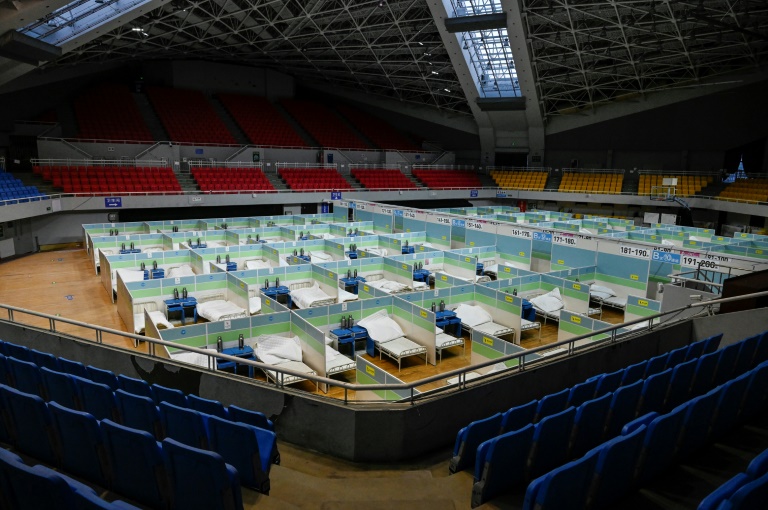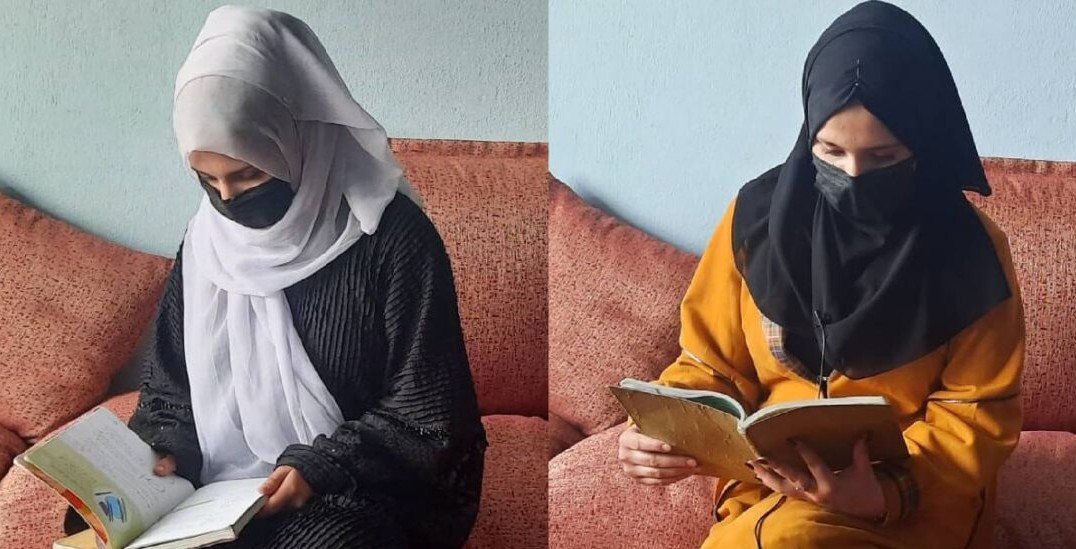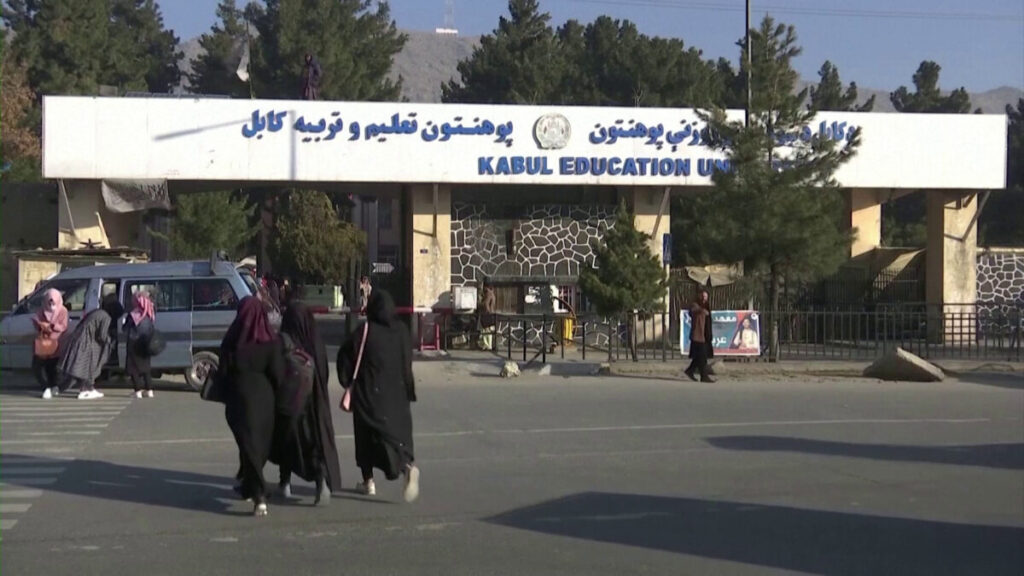The Radioactive Legacy of the Cold War
That the world hasn’t been the same since the ignition of the Atomic Age in the 1940s is certainly an understatement, yet the public’s awareness of how the nuclear industry operates has always been dismally low. Secrecy has played a part — especially in relation to bomb-making activities — but so too has the establishment news media, which focuses on individual events and sidelines institutional factors. So an accident is news (if it’s not covered up), but not the regular practices or misguided motivations that led to it, even though they were ultimately responsible.
Also, stories about nuclear power can be complicated to tell as they involve, first, technical processes that are arcane to people outside the field, and second, powerful corporate interests who don’t want them told, and who confuse and confound the discourse with slick PR.
But raising public awareness of the facts around the nuclear industry is especially important in this third decade of the 21st century when well-meaning people who are seeking to reduce carbon emissions out of a legitimate concern for the climate crisis are proposing to expand the use of nuclear power to replace fossil fuels. That this recommendation is no solution at all cannot be overstated, yet it’s being peddled by respected people with public platforms.
Fortunately for advocates of common sense, Joshua Frank has brought his investigative skills to bear on the nuclear industry with his new book, Atomic Days: The Untold Story of the Most Toxic Place in America, in which he takes a deep dive into the subject of Hanford, that is, of the Hanford Nuclear Site, in eastern Washington state.
Given all that’s gone down and continues to go down there, the site deserves to be routinely referred to as the “notorious” or the “infamous” Hanford, but too little has been widely known for that reputation to catch on. Those who read Frank’s book will likely be inspired to use much stronger language to characterize the crimes and the criminals there, past and present.
 Hanford was one of three sites set up for the Manhattan Project, the WWII-era US government program that successfully developed and manufactured the world’s first nuclear weapons. The other two were Oak Ridge in Tennessee and Los Alamos in New Mexico. All three were shrouded in secrecy because it was wartime, but the lack of transparency meant that countless employees, nearby residents and others were harmed by their dangerous activities. Unfortunately, when the war ended the unaccountability persisted.
Hanford was one of three sites set up for the Manhattan Project, the WWII-era US government program that successfully developed and manufactured the world’s first nuclear weapons. The other two were Oak Ridge in Tennessee and Los Alamos in New Mexico. All three were shrouded in secrecy because it was wartime, but the lack of transparency meant that countless employees, nearby residents and others were harmed by their dangerous activities. Unfortunately, when the war ended the unaccountability persisted.
The first crime at Hanford was in 1942–1943: the seizure of over 500 square miles of land on the Columbia River from both Native Americans and settler-colonial farmers by eminent domain. After this, members of the Wanapum tribe were no longer allowed to fish in the river at White Bluffs, though it had been a traditional spot for thousands of years.
The location of the facility was chosen for its proximity to water, which was needed for cooling in the nuclear reactors, and for the availability of electricity, which was generated by the big dams on the river. Also crucial was its remoteness, because even in these early days of nuclear science, the dangers of radiation were known.
Hanford’s job was producing plutonium for atomic bombs, which were assembled at Los Alamos. The bomb dropped on Nagasaki that killed 70,000 people used Hanford plutonium. The first humans harmed by a nuclear explosion using Hanford plutonium, though, were in New Mexico, and included Dine and Apache people who happened to be thirty miles downwind from the initial blast (known as the “Trinity Test”). Writes Frank:
“Residents of the area were not warned about the nuclear test, nor were they briefed on the health and environmental hazards that were sure to follow. Nobody was evacuated and no studies monitored the long-term health impacts.”
Back at Hanford, “lack of warning” about the danger to workers and nearby communities would be the rule not the exception in the decades that followed. For example, between 1947 and 1951, the public was not alerted that two hundred different radionuclides were becoming airborne as a function of normal processing and ended up contaminating an area at least 750,000 square miles in size. Certain scientists at Hanford knew, though, who were covertly testing wild and domesticated animals for iodine-131 exposure and food chain accumulation.
After WWII ended, production at Hanford greatly increased as the US built up its nuclear arsenal. Eventually, nine nuclear reactors were running at the site. A tremendous amount of water was required to keep the reactors cool: 75,000 gallons per minute, 24 hours a day. This water was pumped out of the Columbia, run through the reactors — which made it radioactive — and held in basins for a few hours before being sent back to the river. Not for nothing was the Columbia declared the most radioactive river in the world. The soil, too, was tainted:
“Over its lifespan, nuclear production discharged 450 billion gallons of radioactive liquids into the soil. Today, two hundred square miles of aquifer beneath Hanford is contaminated, and fifty-three million gallons of radioactive and chemically hazardous waste remain stored in 177 leaky underground tanks … In addition, Hanford has approximately twenty-five million cubic feet (750,00 cubic meters) of buried solid waste, spent nuclear fuel, and even leftover plutonium.”
Those are some big numbers, and Frank provides more throughout the book. The scale of the pollution belched out by Hanford into the air, water and earth are truly appalling. So is the lack of concern for employees and nearby residents, who were repeatedly exposed to various forms of radiation and many toxic chemicals for decades. On top of that, the contractors running Hanford tried to duck responsibility for all of it, denying that the inevitable illness and death that people suffered had anything to do with the operations on the site.
What surprised me when reading Frank’s book, and which may also be new to many readers, is that Hanford is and always has been run by contractors, not the federal government, though of course, the government is the ultimate overseer and responsible party. Bechtel has been a major player in recent years and they have raked in billions of dollars despite not accomplishing the tasks they’ve been charged with. Frank writes that Bechtel’s contract,
“…like many of those doled out at Hanford and devised by Bechtel in its previous government contracts, is what is known in contractor parlance as ‘cost and schedule performance based.’ It’s an arrangement that all but guarantees a profit, no matter if the job is done right or not at all. Such contracts, now standard in the defense world, reward contractors like Bechtel for ‘meeting milestones’ within their proposed budget — in some instances, even if plans and construction turn out to be critically flawed.”
The long and the short of it is that contractors working at Hanford will get paid basically whether they get anything done or not, so there’s little motivation to actually accomplish much. In fact, there’s a perverse incentive to draw out the process, as delays are excuses for cost hikes, of which there have been many at Hanford.
This is a big deal because the mess left behind at Hanford is mind-bogglingly monumental and until it is cleaned up, it’s a terrifying hazard. The last reactor at Hanford was shut down in 1987, and clean-up has been the main focus since, but far too little has actually happened, and the site is a disaster waiting to happen.
How much of a disaster? As Frank relates, a 1957 accident at a similar facility in the USSR resulted in an enormous release of radioactive material that contaminated over half a million people, plus crops, livestock, and the greater environment. The incident happened when stored waste overheated and exploded, sending radioactive soot and steam half a mile into the air. The very same kinds of waste are also stored at Hanford, also in sketchy conditions, also with inadequate safety precautions.
The Soviets suppressed news of the event, which wasn’t revealed to the outside world until 1976 when a dissident Soviet scientist wrote about it in a British journal. But the US government had learned about it within a couple of years through its spies and had kept it secret for fear that such news would cast doubt on the domestic nuclear industry, including Hanford.
The possibility of such a calamity at Hanford has not passed. Frank writes that it could
“…ravage the Pacific Northwest, killing thousands… Depending on wind patterns, an atomic plume would immediately impact millions of residents across multiple states… People would die. Ecosystems would be devastated. The environment, especially the Pacific Northwest, would be forever altered. It’s a dire but entirely realistic scenario that nobody wants to see unfold.”
Among those who want to prevent such an event have been a number of whistleblowers over the years, insiders who have gone public after finding management to be intransigent. Frank gives one whole chapter to the tale of Ed Bricker, a Hanford engineer who was subjected to surveillance and a murder attempt because of his commitment to exposing misdeeds there. This chapter reads like a thriller and vividly illustrates just how far corporate power is willing to go to evade responsibility to make money. The following chapter goes into the revelations of still more whistleblowers who risked reputations and careers by disclosing the alarming shenanigans at the facility. The history of administration at Hanford is honestly one scandal after another. The amount of wrongdoing and corruption is breathtaking.
Frank tells us about other heroes in the struggle for justice at Hanford, like Russell Jim, an indigenous activist from the Yakama Nation who dedicated his life to fighting for his people and traditions, and who won some victories along the way. Those of us who want to be activists and allies can find encouragement in stories such as Jim’s, and by including them, Frank assures that his book is not merely an accounting of crimes but an inspiration for going up against the powers that be.
Boosters of nuclear power might dismiss the devastation of Hanford, claiming we know how to do things better now, and that technology will solve any remaining issues of safety. But Frank addresses such fallacies in his penultimate chapter, “Destroying the Planet to Save the Planet.”
Frank takes on British journalist and nuke fan, George Monbiot, who has downplayed the catastrophes at both Fukushima and Chernobyl. Frank suggests that the UN and the WHO (World Health Organization), which Monbiot cites, “seem to have drastically underestimated the actual human cost of the Chernobyl meltdown” and that the New York Academy of Sciences “concluded that nearly one million people have died as a result of radiation exposure from the nuclear disaster.”
The Academy also notes that the WHO has an agreement with the UN’s International Atomic Energy Agency — which was set up to promote nuclear power, not to watchdog it — that neither agency will release a report without the buy-in of the other one, which the Academy likens to “having Dracula guard the blood bank.” Similarly, in the US, the Nuclear Regulatory Commission is known by activists as the “Nuclear Rubberstamp Commission” because, like the Atomic Energy Commission it succeeded in 1974 — whose express purpose was to promote nuclear power — it is dominated by what Karl Grossman calls an “extreme pro-nuclear culture.”
So, no meaningful regulatory apparatus over the nuclear industry currently exists, putting issues of safety in the hands of profit-seeking contractors that have demonstrated they are entirely unreliable at the task. It’s a catastrophe waiting to happen. Or rather, multiple catastrophes.
Frank also point out that bomb-making and energy-generating components of the nuclear industry are inextricably linked:
“More nuclear power plants means more facilities to enrich and reprocess uranium. More of these plants means more materials for nuclear weapons. In the United States, nuclear power is more expensive than wind and solar, and is only competitive if the market is leveled through taxpayer-backed subsidies, which in turn support nuclear arms proliferation.”
Frank quotes the Union of Atomic Scientists, who states:
“For the five nuclear-weapons states, commercial nuclear power was a spinoff from weapons programs for later proliferators, the civilian sector has served as a convenient avenue and cover for weapons programs. By artificially accelerating the expansion of civilian programs, subsidies to nuclear technology and fuel-cycle services worldwide exacerbate the already challenging problems of weapons proliferation.”
That is, the “peaceful atom” is a myth.
Regarding the central point of climate change concerns, nuclear energy isn’t as low-carbon as its proponents would like us to believe. Claims that nuclear power will reduce CO2 emissions by 50% or more are from “industry-funded PR data,” Frank says, and not to be believed. In actuality, life cycle analyses (LCA) show that the carbon footprint of a nuclear power plant is actually higher than that of a natural gas plant! An LCA takes into account all aspects of the operation including facility construction, reactor fuel processing, transportation, waste handling (which is still a massive unsolved riddle), and uranium mining.
Uranium mining is a hideous process. In addition to being “extremely carbon intensive,” it’s an environmental nightmare and a human health horror show. There’s just no way to make any type of mining nice or even neutral to the affected ecology. Wherever it’s done is going to be a sacrifice zone of the habitat and all the creatures who depend on it. The unlucky humans who work in such places cannot realistically be protected from the hazards of being around such a dangerous substance, which is deadly in small amounts.
And as Frank notes, even if all of this weren’t terribly true, it’s been estimated that currently operating uranium mines will be exhausted by mid-century, so the cost (both financial and environmental) of building new plants now will be even less justifiable.
Finally, Hanford provides a case-in-point for how technology still lags behind the significant problems posed by nuclear energy, and specifically waste. Though there are “well-intentioned, brilliant people” at Hanford who are mired in a “broken system,” it’s also just a fact that these toxic substances pose a huge challenge. Never previously in human history have we dealt with handling materials that will remain hazardous for tens of thousands of years. Until we prove that our much-vaunted scientific prowess can actually take care of the wreckage of our existing mistakes, we should avoid making new ones. The Atomic Age has been an era of broken promises, and prudence would dictate skepticism of fresh techno-utopian visions.
Frank ends the book by discussing the future of Hanford. He writes:
“If someone tells you they know exactly how this will all play out, they are selling you a load of shit as radioactive as the boiling goop eating away at Hanford’s underground tanks. Nobody knows what is going to happen, and few know what’s really going on out there, which may be why officials are slow to press the panic button.”
Though Frank presents Hanford as a story of immense institutional malfeasance, runaway grift and diabolical cover-ups, he also insists that people’s power has an essential role to play. The goal must be “to thrust Hanford into the national spotlight” in order to “ensure the jobs get done in an equitable and transparent fashion that is safe for workers and the environment.” With this book, Atomic Days: The Untold Story of the Most Toxic Place in America, Frank has made a major contribution to that vital effort.
This piece first appeared in Green Social Thought.





